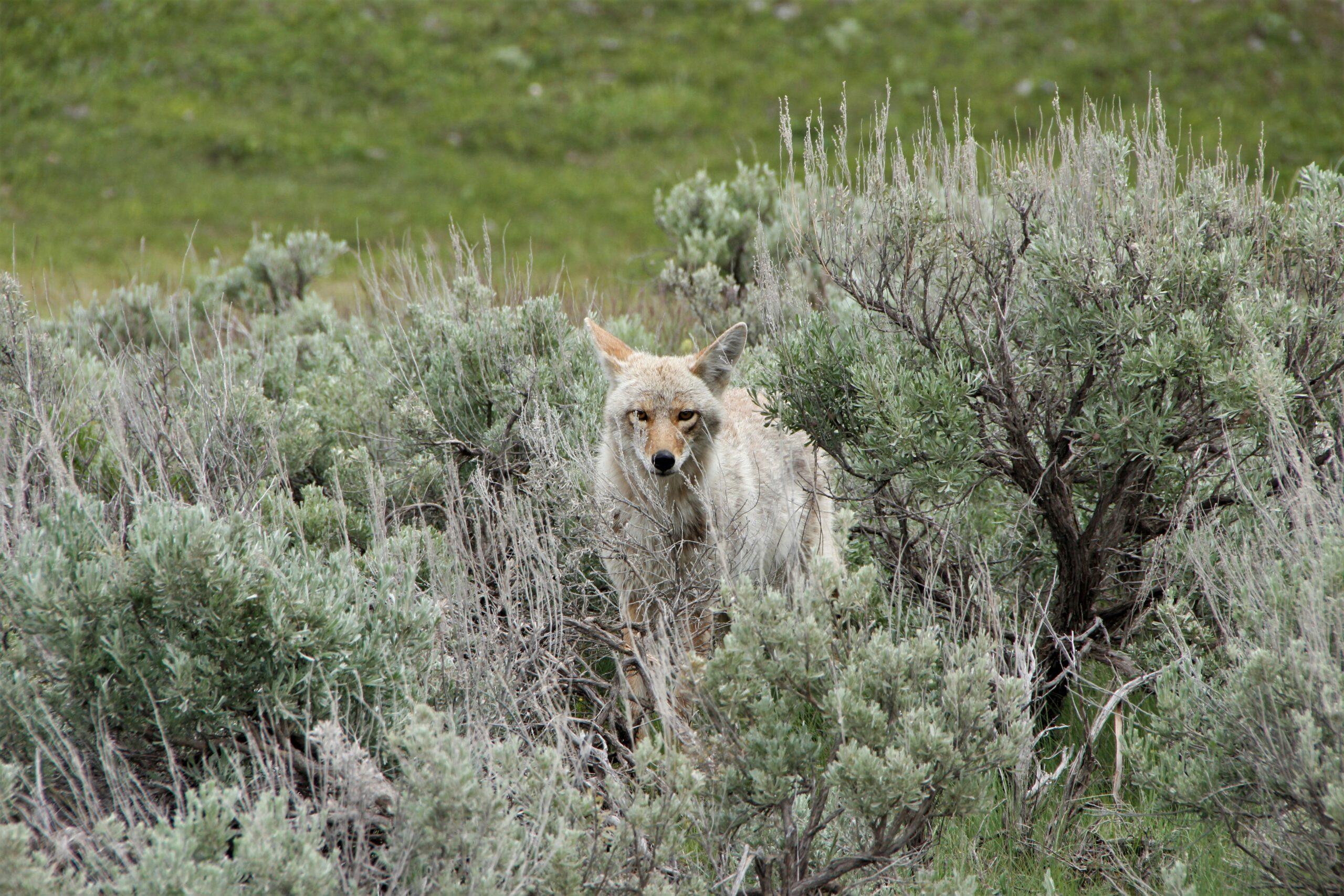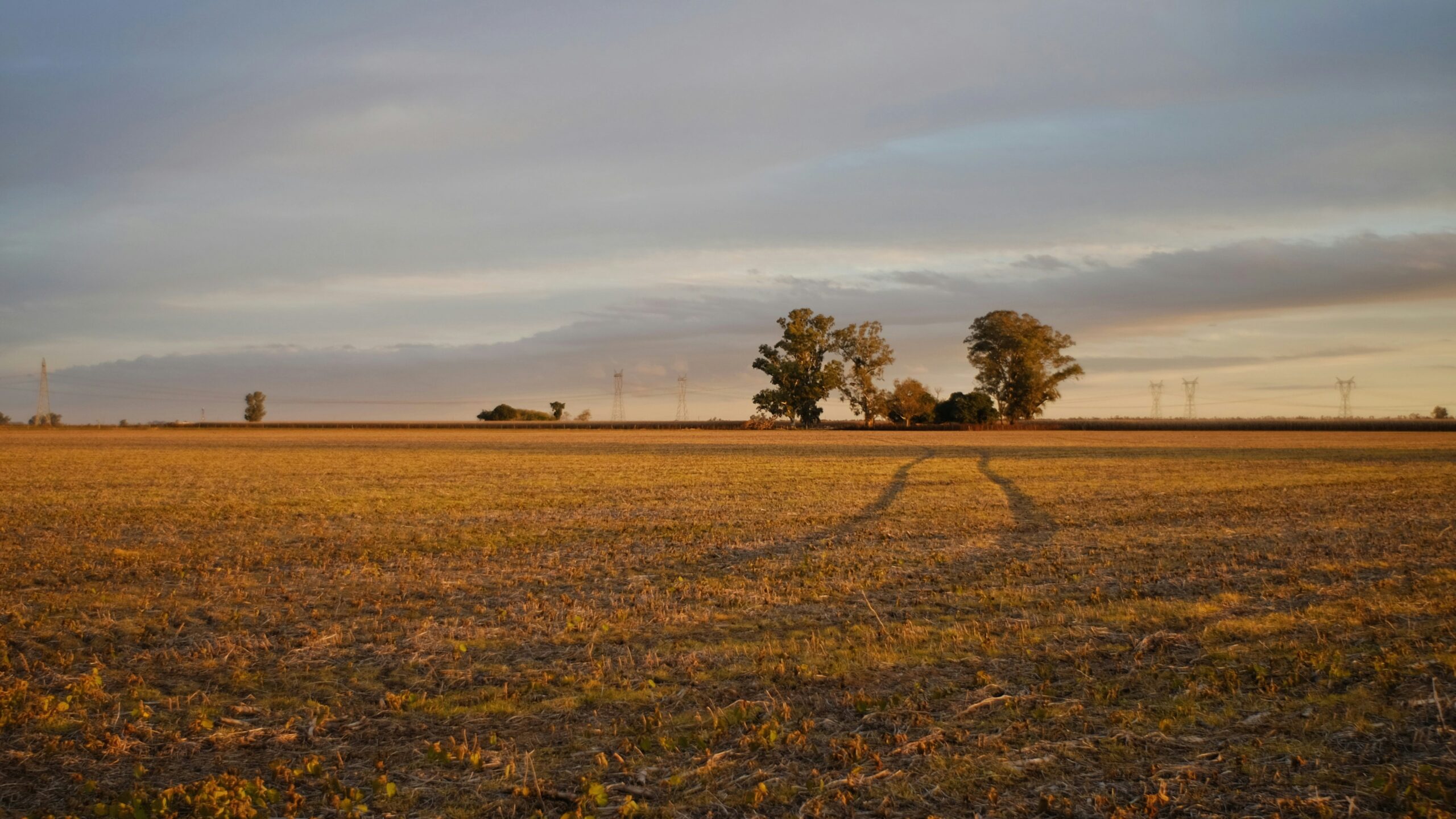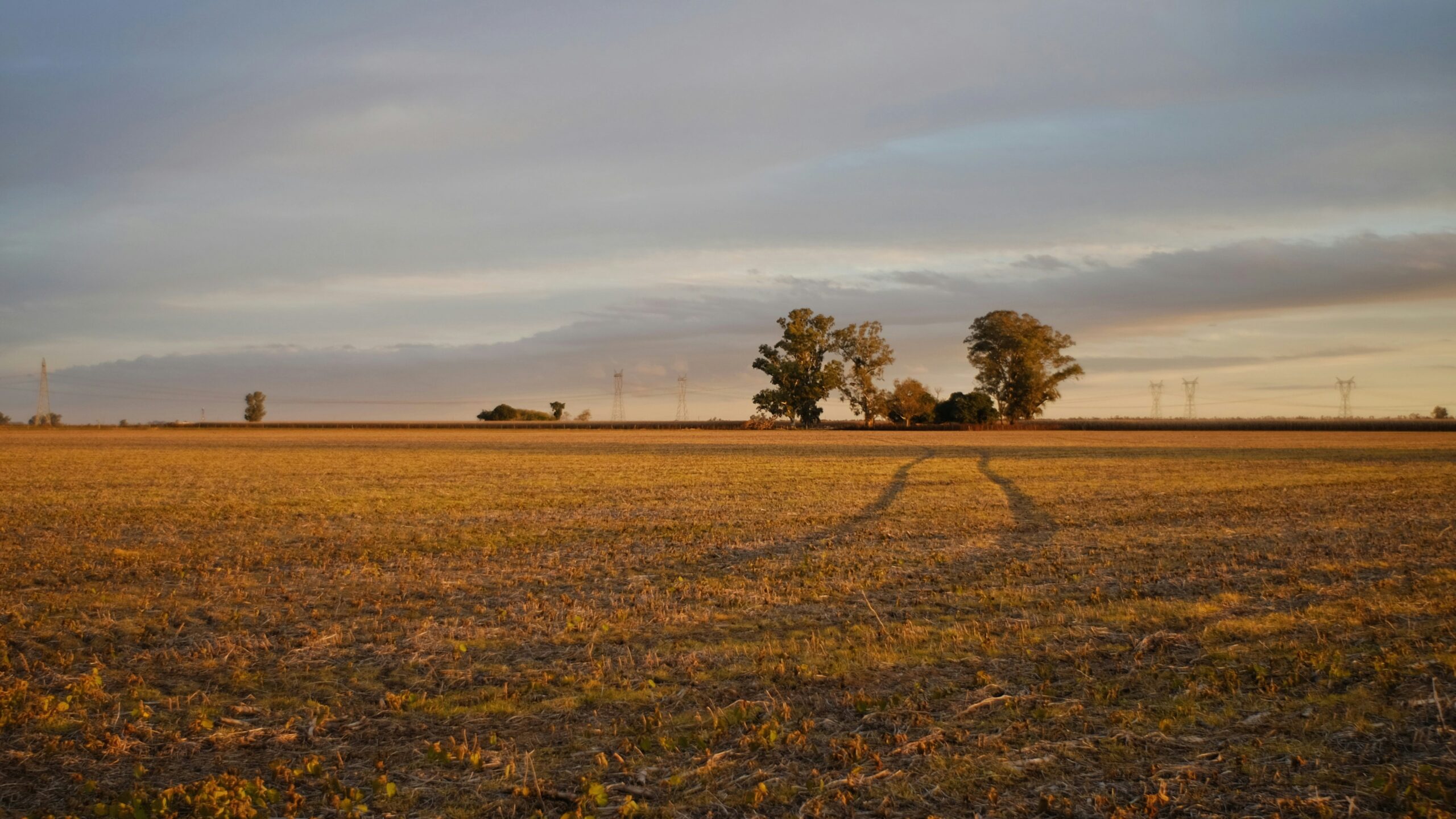In order to ensure optimal performance and maximum accuracy when using hunting optics, it is essential to understand how to effectively focus and adjust the diopter. The diopter adjustment is a crucial feature that allows you to personalize the optics to your own vision and ensure a clear and sharp image. By mastering this skill, you can significantly enhance your hunting experience and improve your chances of making precise shots. In this article, we will explore step-by-step instructions on how to focus and adjust the diopter of hunting optics, providing you with practical tips and techniques to optimize your sight and elevate your hunting game. So let’s dive right in and unlock the secrets to perfecting your hunting optics.
Understanding the Importance of Diopter Adjustment
Definition of Diopter Adjustment
Diopter adjustment refers to the process of adjusting the focus of the hunting optics to match the visual needs of the user. It is a crucial feature for hunters as it enables them to achieve clear and sharp images regardless of any visual impairments they may have. The adjustment is typically done through a small dial or knob located near the eyepiece of the optics.
Reasons Why Diopter Adjustment is Essential
Proper diopter adjustment plays a vital role in hunting optics as it ensures optimal visual clarity, allowing hunters to accurately assess their surroundings and spot targets with ease. It compensates for any differences in vision between the user’s left and right eyes, resulting in a balanced and unified image. Moreover, a well-adjusted diopter can minimize eye strain and discomfort during prolonged periods of observation, enhancing the overall hunting experience.
Components of Hunting Optics
Overview on the Structure of Binoculars
Binoculars, a popular choice among hunters, consist of several key components. The main body, or chassis, houses the optical and mechanical parts and provides stability. The objective lenses are located at the front of the binoculars and gather light. The eyepieces, situated at the rear, deliver the magnified image to the user. The diopter adjustment mechanism, typically found on the right eyepiece, allows for customized focus.
Understanding the Functions of Each Part
Each component of hunting optics serves a specific role in ensuring optimal performance. The objective lenses gather incoming light, determining the brightness and clarity of the image. The eyepieces magnify the image and deliver it to the user’s eyes. Lastly, the diopter adjustment mechanism compensates for any disparities in visual acuity between the user’s eyes, allowing for precise focus.

Knowing Your Hunting Optics
Types of Hunting Optics
Hunting optics come in various forms, each tailored to different hunting scenarios. Binoculars, with their dual eyepieces, provide a wider field of view and are ideal for scouting and observing wildlife from a distance. Spotting scopes offer greater magnification and are well-suited for long-range target identification. Rifle scopes, mounted on firearms, provide hunters with the ability to accurately aim and fire at targets efficiently.
Role of Diopter in Different Types of Optics
Regardless of the type of hunting optics being used, the diopter adjustment remains a critical feature. In binoculars and spotting scopes, it allows for precise focus and alignment between the user’s eyes, resulting in a clear and unified image. For rifle scopes, the diopter adjustment is particularly important when using them in combination with binoculars or spotting scopes, ensuring that both devices provide consistent and optimal focus.
Preparation Before Adjustment
Tips for Safety Measures
Before beginning the diopter adjustment process, it is important to ensure the safety of yourself and others around you. Always handle hunting optics with care, avoiding any rough or excessive force that may damage the lenses or delicate internal mechanisms. Additionally, make sure to remove any lens caps or protective covers and inspect the optics for any signs of damage or debris that may obstruct the view.
Gathering Necessary Tools
To successfully adjust the diopter of your hunting optics, you will need a few essential tools. Firstly, ensure you have a clean microfiber cloth or lens cleaning solution to wipe down the lenses and remove any smudges or dirt. Additionally, a stable surface or tripod may be beneficial to keep the optics steady during the adjustment process. Lastly, a comfortable seating position with proper lighting conditions will contribute to a successful adjustment.
Identifying Proper Diopter Setting
Before adjusting the diopter, it is crucial to determine the proper starting point. This can be done by observing a distant object with text or fine details. Look through the optics and rotate the diopter adjustment knob until the image appears as sharp and clear as possible. Once this initial setting is established, you can proceed to make further adjustments for individual visual needs.

Adjusting the Diopter
Preliminary Steps for Adjustment
To adjust the diopter effectively, start by closing or covering the non-dominant eye. This will allow you to focus solely on the image through the diopter-adjustable eyepiece. With the other eye open, gently rotate the diopter adjustment dial or knob until the image appears sharp and well-defined. It is important to make small, gradual adjustments to ensure accuracy and prevent overcompensation.
Finetuning the Diopter
After finding a rough focus with the initial adjustments, it is time to fine-tune the diopter. Keep both eyes open and look through the optics while manipulating the diopter adjustment. Slowly rotate the knob until the image becomes clear and balanced. Take your time during this process, as small adjustments can make a significant difference in the clarity and quality of the image.
Working with the Central Focusing Wheel
In addition to the diopter adjustment, many hunting optics also feature a central focusing wheel. This wheel allows for quick adjustments to the overall focus of the image. To use it effectively, locate the wheel and rotate it while observing the image. The central focusing wheel will bring objects at various distances into sharp focus, ensuring a clear view of your target.
Maintaining the Clarity of View
Perfecting the Adjustment
After setting the diopter to your desired focus, it is important to double-check the clarity and sharpness of the image. Spend some time observing different objects at varying distances to ensure that they appear crisp and well-defined. If necessary, make minor adjustments to the diopter or central focusing wheel to optimize the view.
Checking for the Sharpness of Image
To confirm the effectiveness of the diopter adjustment, it is advisable to test the optics under various lighting conditions and observe different targets. Pay attention to the level of detail and sharpness in the image, ensuring there is no distortion or blurring. By conducting these checks, you can ensure that the diopter adjustment remains accurate and reliable throughout your hunting endeavors.

Troubleshooting Common Issues
Dealing with Blurry Images
If you encounter blurry images even after adjusting the diopter, there are a few troubleshooting steps to take. Firstly, ensure that the optics are clean and free from any debris or smudges that may affect the clarity. If the issue persists, double-check the placement and alignment of your eyes with the eyepieces. Adjust the eye relief if necessary, as improper eye positioning can lead to blurred vision.
Fixing Double Vision
Double vision, where objects appear duplicated, can be resolved by readjusting the diopter. Start by closing one eye, adjusting the diopter until the image is clear and unified. Then, open the other eye and ensure that both eyes perceive a merged, single image. If double vision persists, it may be due to a malfunction in the optics and professional assistance should be sought.
How to Manage If Diopter Adjustment Doesn’t Hold
In some cases, the diopter adjustment may not hold its position, leading to a shifting focus. If this occurs, ensure that the adjustment mechanism is securely tightened and locked in place. If the issue persists, it is possible that the optics require servicing or repair. Contact the manufacturer or a reputable optics specialist to diagnose and resolve the problem.
Practicing Diopter Adjustment
Adjusting Diopter in Different Light Settings
To increase proficiency in diopter adjustment, it is beneficial to practice in various lighting conditions. Dimly lit environments, bright sunlight, and low-light situations can all present unique challenges. By adjusting the diopter under different lighting scenarios, you can familiarize yourself with the optimal settings required to achieve clear focus in any hunting situation.
Coping with Moving Targets
When hunting, targets are rarely stationary, requiring quick adjustments and focus changes. Diopter adjustment plays a vital role in these situations, allowing you to rapidly refocus on moving targets. Practice tracking and adjusting the diopter on objects in motion to enhance your ability to maintain a clear view and accurately identify targets while hunting.
Benefits of Proper Diopter Adjustment
Enhanced Hunting Efficiency
Proper diopter adjustment directly contributes to improved hunting efficiency. With a clear and focused image, hunters can swiftly identify potential targets, assess their surroundings accurately, and make well-informed decisions. By eliminating visual inconsistencies and discomfort, a well-adjusted diopter enhances the overall hunting experience and ensures optimal performance in the field.
Comfortable and Strain-free Viewing
Hunting often involves prolonged periods of observation and surveillance. A properly adjusted diopter reduces eye strain and fatigue, allowing for comfortable and strain-free viewing. By customizing the focus to your individual visual needs, you can minimize discomfort and maximize your ability to enjoy the beauty of nature while pursuing your hunting adventures.
Preserving and Cleaning Your Hunting Optics
Proper Storage of Hunting Optics
To maintain the performance and longevity of your hunting optics, proper storage is crucial. Store them in a cool, dry place away from extreme temperatures and excessive humidity. Use protective cases or pouches to shield the optics from dust, scratches, and impact damage. Additionally, avoid long-term exposure to direct sunlight to prevent potential damage to the lenses.
Routine Cleaning and Maintenance
Regular cleaning and maintenance are essential for preserving the clarity and functionality of your hunting optics. Use a clean microfiber cloth or lens cleaning solution to remove smudges, fingerprints, and debris from the lenses. Avoid using abrasive materials that may scratch the delicate surfaces. Furthermore, periodically inspect the optics for signs of wear, loose parts, or any abnormalities that may require professional attention.
In conclusion, understanding and effectively adjusting the diopter of your hunting optics is crucial for optimizing your visual experience and enhancing your hunting efficiency. By familiarizing yourself with the structure and functions of your optics, taking necessary safety measures, and following proper adjustment techniques, you can achieve clear and sharp focus, ensuring a comfortable and enjoyable hunting adventure. Regular maintenance and storage practices also contribute to preserving the performance and longevity of your hunting optics, allowing you to fully embrace the beauty of nature while pursuing your passion for hunting.

